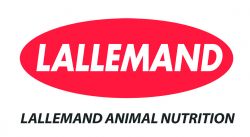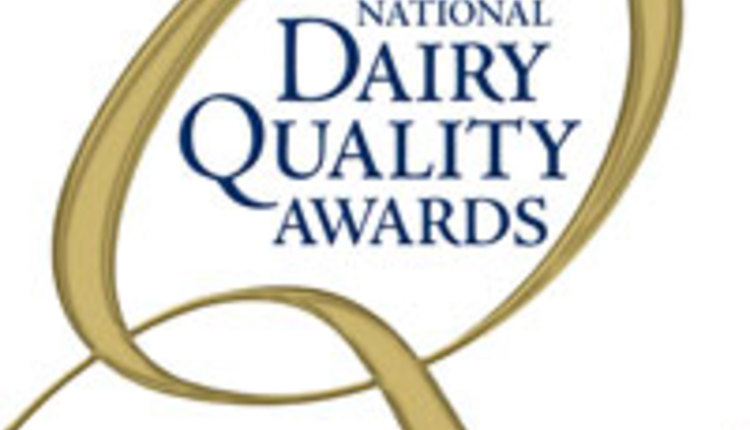
During the summer, dry matter intake can drop — and so can milk production. This decline in performance can be minimized or even avoided. There are simple changes producers can make to ensure the quality and quantity of feed remains steady throughout the season, advises Tony Hall, MSc MSB, PAS, Technical Services – Ruminant, Lallemand Animal Nutrition.
Hall recommends five changes to help fight the effects of heat stress and minimize disruptions in digestion.
1. Don’t feed unstable silage. When aerobically unstable silage is added, it can cause the entire ration to heat. Cattle simply don’t want to eat hot feed in the summer. Plus, hot silage is a sign valuable nutrients have been lost. To minimize spoilage, feedout at a rate fast enough to avoid heating and discard all moldy silage. For future harvests, producers can use an inoculant containing the high dose-rate Lactobacillus buchneri NCIMB 40788 to help improve the aerobic stability of silage if heating is a consistent challenge.
2. Change the feeding schedule. Producers can feed twice daily to help maximize intakes. Ideally more of the total mixed ration (TMR) should be offered at the coolest part of the day — around 8 p.m. to 8 a.m.
3. Guard against sorting. Ensure the forage component cannot be sorted out and perform regular TMR push-ups to encourage access and feed intake.
4. Increase availability of water. Make sure water is readily available and clean. Check water trough refresh rates; ensure lactating cows have access to a minimum of three inches of linear trough space per head; and clean the water troughs at least once per week.
5. Adjust the ration. For lactating cows, always select the most digestible forages and strive to maximize inclusion of forage neutral detergent fiber (NDF) within the appetite limit of each pen. Check the particle size distribution profile using a Penn State Forage Particle Separator to ensure the distribution is within guidelines. Adding an active dry yeast (ADY) probiotic — like LEVUCELL® SC, or Saccharomyces cerevisiae CNCM I-1077 — can improve rumen function and increase fiber digestion in lactating dairy cows.
In fact, research conducted at the University of Florida on lactating dairy cows has shown S. cerevisiae CNCM I-1077 improved rumen pH compared to control cows during heat stress conditions. In addition, S. cerevisiae CNCM I-1077 supplemented cows had higher milk protein yield and 7.2 percent improved feed efficiency compared to cows that were not supplemented.1
Probiotics are especially helpful for producers experiencing health challenges as a result of heat or other stressors. Another probiotic strain, Saccharomyces cerevisiae boulardii CNCM I-1079, has been proven to positively activate the immune system of cattle during times of stress.
“When heat stress occurs, normal rumen and immune function is disrupted. This worsens the already significant effects of heat stress in dairy cattle,” Hall says. “With simple changes, we can help cattle continue to perform well even under heat stress conditions where feed intake is decreased.”
Lallemand Animal Nutrition is committed to optimizing animal performance and well-being with specific natural microbial product and service solutions. Using sound science, proven results and knowledge, Lallemand Animal Nutrition develops, produces and markets high value yeast and bacteria products ─ including probiotics, silage inoculants and yeast derivatives. Lallemand offers a higher level of expertise, leadership and industry commitment with long-term and profitable solutions to move our partners Forward. Lallemand Animal Nutrition is Specific for your success. For more information, please visit www.lallemandanimalnutrition.com.
1 Marsola RS, et. al., Effect of feeding live yeast on performance of Holstein dairy cows during summer. J. Dairy Sci. 2010; (88)E-Suppl.2:432.

